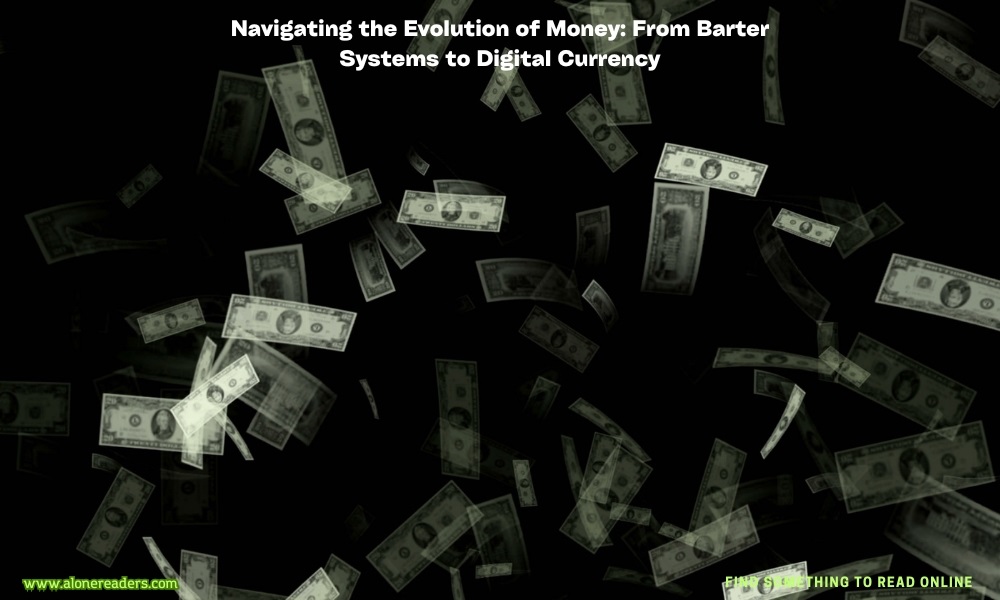
Money, in its various forms, has been the cornerstone of economic activity for millennia, evolving in tandem with societies' needs and technological advancements. This journey from simple barter systems to sophisticated digital currencies encapsulates not only economic development but also cultural shifts and technological innovation.
The earliest form of trade was not conducted with coins or bills, but through barter. The barter system, a direct trade of goods and services, was prevalent in human societies long before recorded history. People exchanged what they had in surplus for what they needed, a practice which, while straightforward, had its limitations. Barter required a double coincidence of wants—the unlikely scenario wherein two people each possess something the other wants. The inefficiencies of this system eventually necessitated a more reliable method of exchanging goods and services.
As civilizations advanced, so did their methods of trade. The introduction of commodity money marked a significant evolution. This form involved items that had intrinsic value—such as salt, cattle, and grains—or were universally accepted within a community. However, the varying value of these commodities, along with their perishability and the difficulty in subdividing them, led to the need for more practical solutions.
The solution came in the form of metal money. Metals, particularly gold and silver, emerged as the preferred medium of exchange due to their durability, divisibility, and uniformity. The use of metal coins is believed to have started in Lydia (now part of Turkey) around 600 BCE. Coins, with standardized weights and measures, endorsed by the ruling authorities, helped stabilize trade and were a significant step towards modern economies.
With the expansion of empires and increasing complexity of economies, carrying large quantities of metal became impractical. This led to the development of paper money in China during the Tang dynasty (618-907 CE), initially as promissory notes issued by merchants. The Chinese government soon recognized the benefits of paper money and began issuing state-backed notes during the Song dynasty (960-1279 CE). Paper money spread to other parts of the world through the Silk Road and the explorations of merchants and travelers like Marco Polo.
The next major evolution in money was the establishment of modern banks and the introduction of banknotes. Banks began as places to secure gold and other valuables, issuing paper banknotes that represented a holder's claim to a portion of the gold stored in the bank's vaults. This practice transformed into fractional reserve banking, where banks issue more currency than the gold it holds, relying on the fact that not all depositors would withdraw their gold at once.
The 20th century saw the decoupling of currency from physical commodities like gold, a system known as fiat money. Fiat currencies, which include most of today’s national currencies, are backed not by physical commodities but by trust in the issuing government. This system allows central banks greater control over economies through monetary policy but introduces new challenges, including inflation and currency manipulation.
Parallel to the development of fiat money was the rise of electronic money. With the advent of computers and the internet, digital transactions began replacing physical ones. Credit and debit cards, online banking, and electronic funds transfers revolutionized financial transactions by increasing their speed and reach. The proliferation of the internet further democratized access to financial services, enabling more global and instantaneous transactions.
The latest phase in the evolution of money is the emergence of cryptocurrencies and blockchain technology. Bitcoin, introduced in 2009, brought the concept of a decentralized digital currency that does not rely on any central authority. Cryptocurrencies operate on blockchain technology, a decentralized ledger that records all transactions across a network of computers. This technology not only challenges traditional banking and monetary policies but also opens new possibilities for how money might be perceived and used in the future.
As we look towards the future, it's evident that money will continue to evolve. The trend towards digitalization is likely to continue, possibly leading to more centralized digital currencies issued by central banks, known as Central Bank Digital Currencies (CBDCs). These could offer the benefits of cryptocurrency—such as security, transparency, and speed of transactions—while maintaining regulatory oversight.
The evolution of money, from barter to digital, mirrors humanity's quest for efficiency, security, and inclusivity in financial systems. Each stage of this evolution has been a response to the needs and technologies of its time. As technology continues to advance, so too will the forms and functions of money, each iteration reflecting the changing economic landscape and societal values.